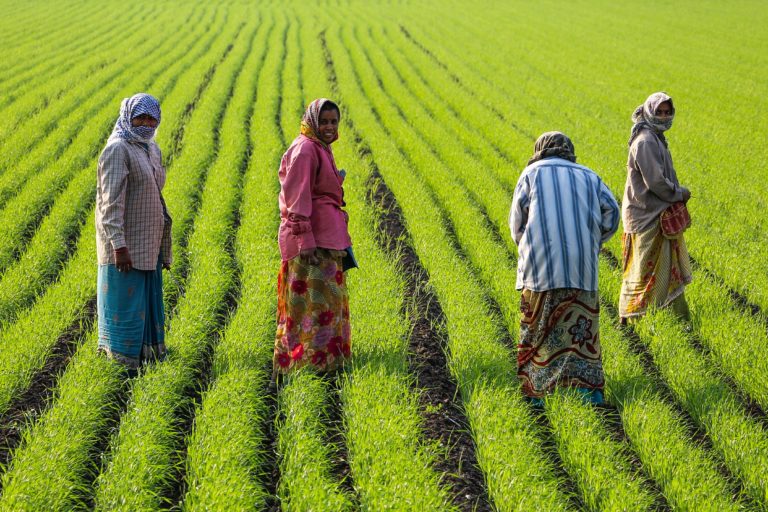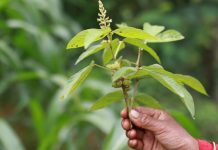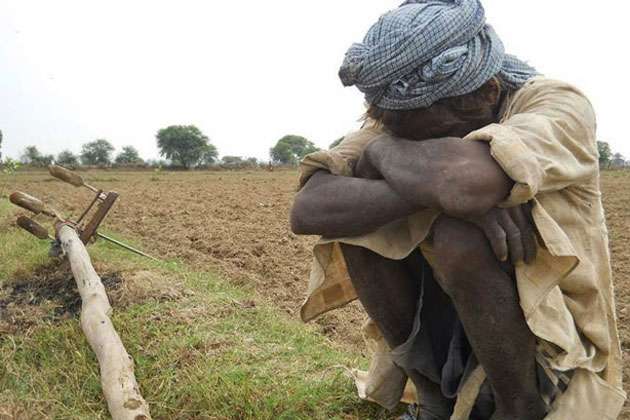When women put in extra hours on farms in peak seasons of sowing, transplanting, and harvesting, it may impact their food preparation time and reduce nutrient intake, a study finds. The research draws attention to the consequences of increased time burdens on farms and the adverse effects on women’s nutrition.
“We show with evidence that women contribute a lot to agriculture as farm labourers, farm managers in various activities spread across seasons. We must recognise women’s participation in agriculture and recognise that it may have negative consequences if their burden increases any further,” emphasised TCI alumna Vemireddy. This would mean the policy should be aligned to women’s needs in agriculture – be it technology, finance, and extension.
Women-friendly agricultural interventions
Agricultural interventions and development programs should make sure that the benefits of participation in agriculture outweigh losses such as time for household activities and leisure, says the study. Moreover, it is vital to introduce labour-saving strategies both in agriculture as well as in domestic work. For example, the integration of labour-saving technologies in the National Mission on Agricultural Extension and Technology (NMAET).
R. Rengalakshmi, Director, Ecotechnology, M. S. Swaminathan Research Foundation (MSSRF), who was not associated with the study, echoes the observations that labour-saving technologies improve women’s nutritional deficiencies especially addressing undernutrition (weight loss and changes in the Body Mass Index during the peak agricultural season) by reducing the use of physical energy both for domestic and productive work.
“Labour-saving technologies at home reduce the unpaid time burdens, health hazards and workload which support women to have more time for productive work or leisure which helps to improve their decision-making roles at the household level,” Rengalakshmi told Mongabay-India.

But a “mixed response” from the government on the inclusion of labour-saving devices for women in agriculture is not matching up to the trend of feminisation of agriculture.
According to India’s Economic Survey of 2017-2018, growing rural to urban migration by men is leading to the feminisation of agriculture, with more women stepping into roles of cultivators, entrepreneurs, and labourers. “There is a demand for women-friendly farm mechanisation as agriculture is facing labour scarcity and there is a rising trend of feminisation of agricultural labour force and work,” pointed out Rengalakshmi.
For instance, under the XII five-year plan, the Ministry of Agriculture launched a Sub-Mission on Agricultural Mechanisation, a subsidy-based policy to promote the adoption of machinery use among smallholders from socially marginalised sections with special attention to women farmers.
While several provisions were included in the policy to promote the access and use of technology on farms with a targeted approach to address social and gender equity, there is a need for research organisations to invest in technologies adapted to women’s requirements.
“There are cultural challenges as well as lack of gender sensitivity in development and innovation of technology. There is a division of labour between men and women who are culturally oriented to specific works, wage disparity, and prevailing gender discrimination where it is deemed improper for women to use heavy machines in fields,” Rengalakshmi adds.
One major gender disparity lies in landownership: only a small proportion of women farmers, have the land they toil on, to their names. The Periodic Labour Force Survey2017-18 in India states that in rural areas, about 55 percent of the male workers and 73.2 percent of the female workers are engaged in agriculture. Yet only 12.8 percent of women own landholdings, highlights the Centre for Land Governance index. The rest operate in their family land which is largely in the name of male members, underscores Rengalakshmi.
Findings from the TCI’s Maharashtra survey suggest that about 85 percent of women in the sample households work as agricultural labourers. About 31 percent of them are landless, while most of the sample households own below five acres of land. Landless women have no choice but to work as agricultural labourers in peak seasons, in addition to household work, facing worse nutritional deficits while women with large landholdings can choose to hire labour and technology and reduce their time spent on the field and at home.
The findings also reveal that paddy-growing and mixed crop-growing households have pronounced negative impacts of rising time constraints on their nutrient intakes, while cotton-growing households do not have the same experience. “The time constraints are different across different cropping systems since each crop involves different activities and therefore different time requirements on the field. Secondly, the cotton-growing household has greater incomes in general so the time constraints do not bind them as much,” Vemireddy explained.
Rengalakshmi observes that the Indian government and different state governments have taken some initiatives to recognise gender roles in agriculture especially in production and post-harvest processing sectors but there is still a long way to go.
Managing time burdens alone isn’t enough, add Vemireddy and Pingali. Ensuring the consumption of diverse diets throughout the year requires a reorientation of Indian public policy in several ways such as moving towards nutrition-sensitive food systems from largely staple-centric production systems, making provisions of non-cereal foods through the public distribution system, conducting community awareness campaigns; enhancing market infrastructure and food availability across seasons is also essential.
Climate change impacts women disproportionately
As evidence mounts on the effects of climate change on agricultural production and the livelihoods of farmers, there is increasing recognition of the differences in climate change impacts on men and women.
The gender-differentiated impacts of climate change are especially pronounced among rural women, as they rely more on biomass (e.g agricultural crops, wastes, and wood and other forest resources) than men for their energy needs and livelihoods. Rural women also depend more than rural men on ecosystem services for food security, as they are often heavily involved in agricultural production and the management of natural resources, as per the Climate Smart Agriculture Sourcebook.
India’s agriculture sector is heavily impacted by climate change; environmental and climate uncertainties keep farmers on their toes; its agriculture also drives its economy. India is also the world’s largest consumer of groundwater, which plays a major role in irrigated agriculture responsible for over 70 percent of India’s food grain production.
But declining monsoon rainfall–a lifeline for over half of its net cultivated area–has harmed the country’s groundwater storage, particularly in north India. India’s marked gains in food production over the past 50 years is primarily linked to increased cropping intensity due to greater irrigation access, driven by the expansion of tube wells. But it has also triggered a looming water crisis as many parts of the country deal with severe groundwater crunch.

In a 2021 paper, researchers warn that groundwater depletion may reduce cropping intensity by up to 20 percent across all of India and by up to 68 percent in the regions projected to have low future groundwater availability in 2025. These large projected losses are of concern given that India is one of the largest agricultural producers worldwide, and over 600 million farmers depend on Indian agriculture as a primary source of livelihood.
In September 2020 amid the coronavirus pandemic, when the government of India unveiled new farm laws, it triggered waves of protests among the farming community, prominently featuring women, who feel that the new laws do not promise a minimum support price for their crops – something the present laws were doing. The farmers and organisations working for them note that for a country like India where more than 50 percent of the population is directly or indirectly involved in agriculture, a guarantee in the form of the minimum support price (MSP) for their crops is crucial, especially considering the environmental and climate uncertainties.
This article has been authored by Sahana Ghosh. The article originally appeared in Mongabay.














